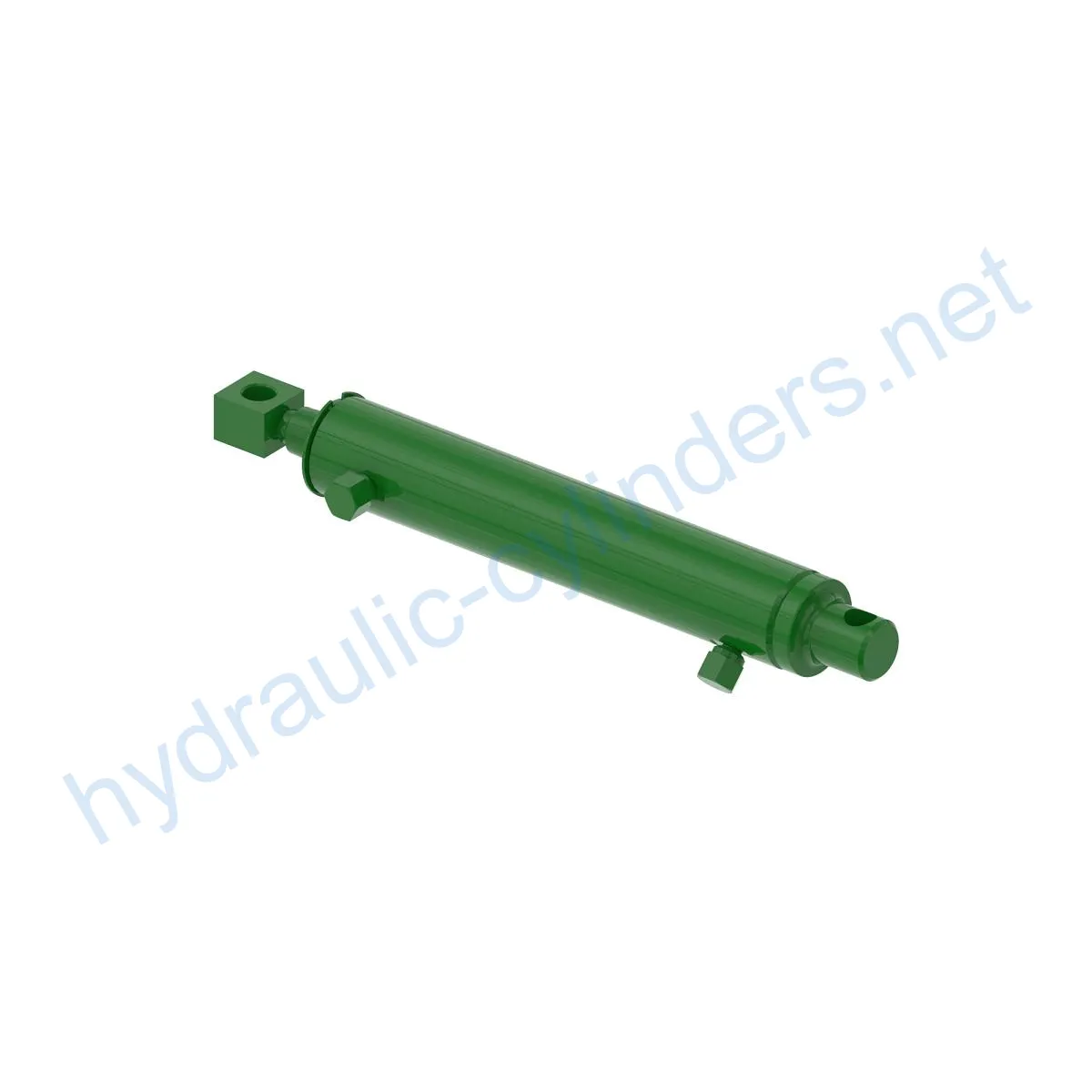Replacement Of AHC13271 Hydraulic Cylinder
Como cilindros hidráulicos uno de los fabricantes, los surtidores y los exportadores de productos mecánicos, ofrecemos cilindros hidráulicos y muchos otros productos.
Póngase en contacto con nosotros para más información.
Correo:sales@hydraulic-cylinders.net
Fabricante proveedor exportador de cilindros hidráulicos.
Replacement Of AHC13271 Hydraulic Cylinder
Definition: The Replacement Of AHC13271 Hydraulic Cylinder is a vital component used in various machinery and equipment. It is responsible for generating linear force and motion through the conversion of hydraulic energy.
Specifications
- Weight: 7.38 lb
- Height: 2.2 in
- Width: 2.7 in
- Length: 16.3 in
Compatible Models
- C650
- C650L
- C850
- C850T
- S7 600
- S7 700
- S7 800
- S7 850
- S7 900
- S660
- S660 PRECISION UPGRADES
- S670
- S670 PRECISION UPGRADES
- S670H
- S680
- S680 PRECISION UPGRADES
- S680H
- S685
- S685H
- S690
- S690 PRECISION UPGRADES
- S690H
- S760
- S760 PRECISION UPGRADES
- S770
- S770 PRECISION UPGRADES
- S780
- S780 PRECISION UPGRADES
- S785
- S790
- S790 PRECISION UPGRADES
- X9 1000
- X9 1000 PRECISION UPGRADES
- X9 1100
- X9 1100 PRECISION UPGRADES
Features
- Improved Equipment Performance: Replacing damaged or worn hydraulic cylinders can restore the normal operational capability of equipment, ensuring its performance in various applications.
- Enhanced Safety: Regularly replacing hydraulic cylinders can reduce the safety hazards caused by cylinder failures, ensuring the safety of operators and equipment.
- Overload Protection: New cylinder designs often include better overload protection mechanisms, improving safety.
- Quick Installation: Modern hydraulic cylinders are designed for easy installation and replacement, minimizing downtime.
- Standardized Components: Many hydraulic cylinders are standardized products, making it easy to obtain replacement parts in the market.
We offer the perfect replacement for these hydraulic cylinders, ensuring reliable and high-quality performance.
Applications
- Excavators: Hydraulic cylinders in excavator booms or buckets may require replacement due to long-term use or overloading, to restore normal operation.
- Cranes: Hydraulic cylinders in crane boom lifts are prone to wear during frequent lifting and lowering operations, requiring regular replacement for safety.
- Tractors: Front-end loader hydraulic cylinders in tractors may experience leaks or performance degradation during constant lifting and tilting operations, necessitating replacement.
- Harvesters: Hydraulic cylinders in harvesters endure high pressure during the harvesting process. Timely replacement is crucial to maintain work efficiency.
- Automated Production Lines: Hydraulic cylinders are used to control robotic arms and other automated equipment. Cylinder failure can significantly impact production efficiency, necessitating immediate replacement.
- Die Casting Machines: Hydraulic cylinders in die casting machines may experience performance degradation in high-pressure and high-temperature environments. Regular replacement ensures product quality.
- Mining Equipment: Hydraulic cylinders are used for lifting and moving heavy loads in mining equipment. Regular inspections and replacements are necessary to avoid equipment failures.
- Bulldozers: Hydraulic cylinder wear on bulldozer blades can lead to decreased pushing capacity, requiring timely replacement to maintain work efficiency.
Maintenance Tasks
- Regular Inspections: Periodically inspect the hydraulic cylinder for any signs of leaks, damage, or abnormal wear.
- Proper Lubrication: Apply the appropriate amount of hydraulic oil to ensure smooth operation and reduce friction.
- Seal Replacement: Replace worn seals to prevent leaks and maintain optimal performance.
- Calibration Checks: Verify the cylinder’s alignment and adjust if necessary to ensure proper functioning.
It is crucial to provide proper guidance for aligning the cylinder during installation and recommend the use of suitable installation brackets for securing the cylinder. We also suggest following recommended inspection, repair, and replacement procedures, offering replacement parts and rebuilding services to prolong the lifespan of the hydraulic cylinder.
Safety Considerations and Environmental Factors
When using hydraulic cylinders, it is essential to prioritize safety measures. By following proper safety protocols, potential accidents can be prevented, ensuring the well-being of operators and maintaining a safe working environment.
Troubleshooting and Common Issues
1. Cylinder Leakage:
Common Causes: Worn seals, damaged piston rod, or internal cylinder damage.
Solution: Replace the faulty seals, piston rod, or the entire cylinder assembly if necessary.
2. Insufficient or No Movement:
Common Causes: Insufficient hydraulic pressure, blocked or restricted hydraulic lines, or faulty control valves.
Solution: Verify the hydraulic pressure, check for any blockages or restrictions in the hydraulic lines, and inspect the control valves for any malfunctions.
3. Abnormal Noise or Vibration:
Common Causes: Misalignment, loose mounting, or worn internal components.
Solution: Realign the cylinder, ensure proper mounting, and inspect for any worn parts that may require replacement.
By following these troubleshooting steps and solutions, readers can effectively diagnose and resolve hydraulic cylinder problems. Additionally, providing preventive measures can help minimize potential issues and increase overall performance.

Design Considerations and Selection
Visite nuestra fábrica de RV:
Haga un recorrido por nuestra fábrica de RV con lo siguiente
Cilindro hidráulico Aplicación:


